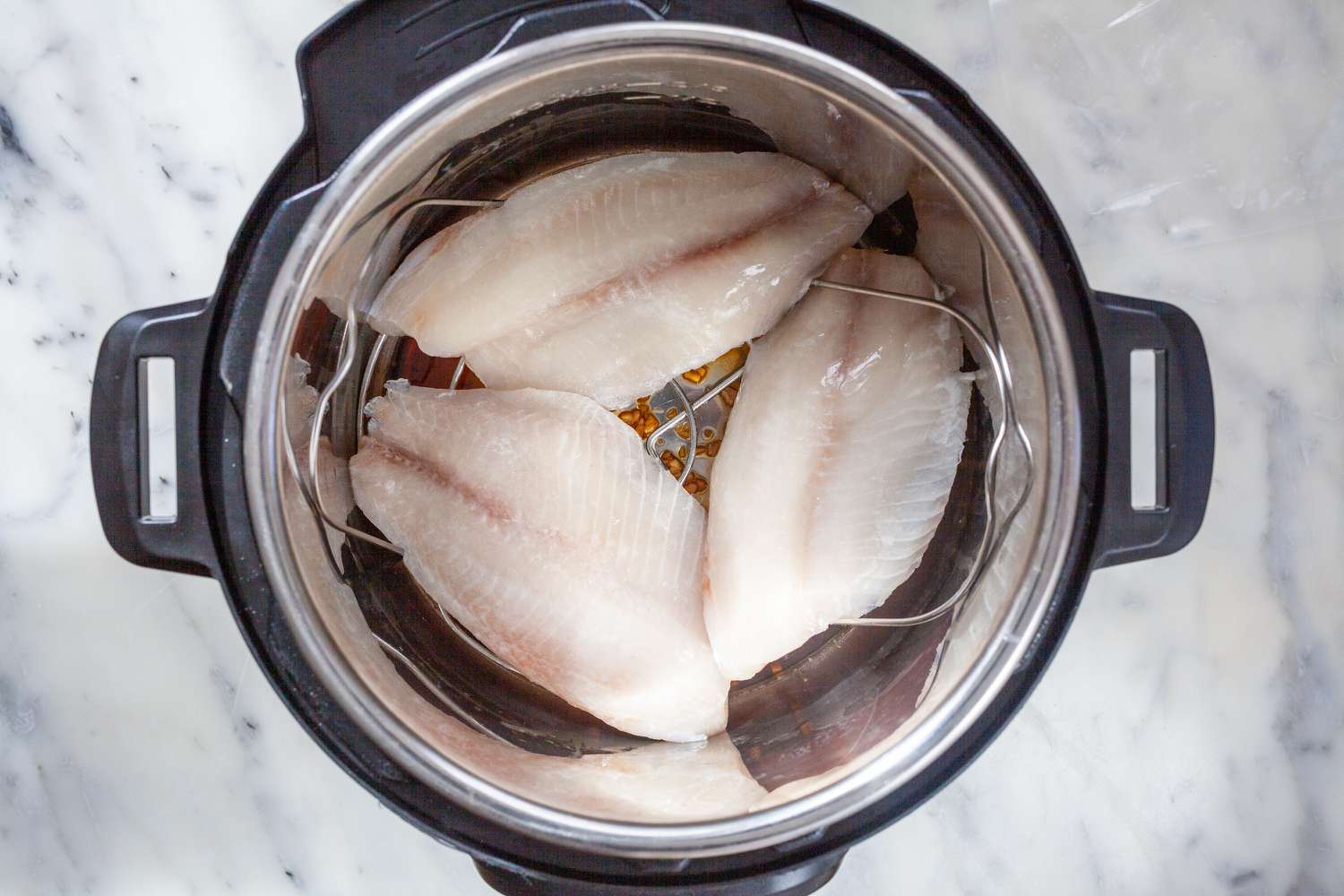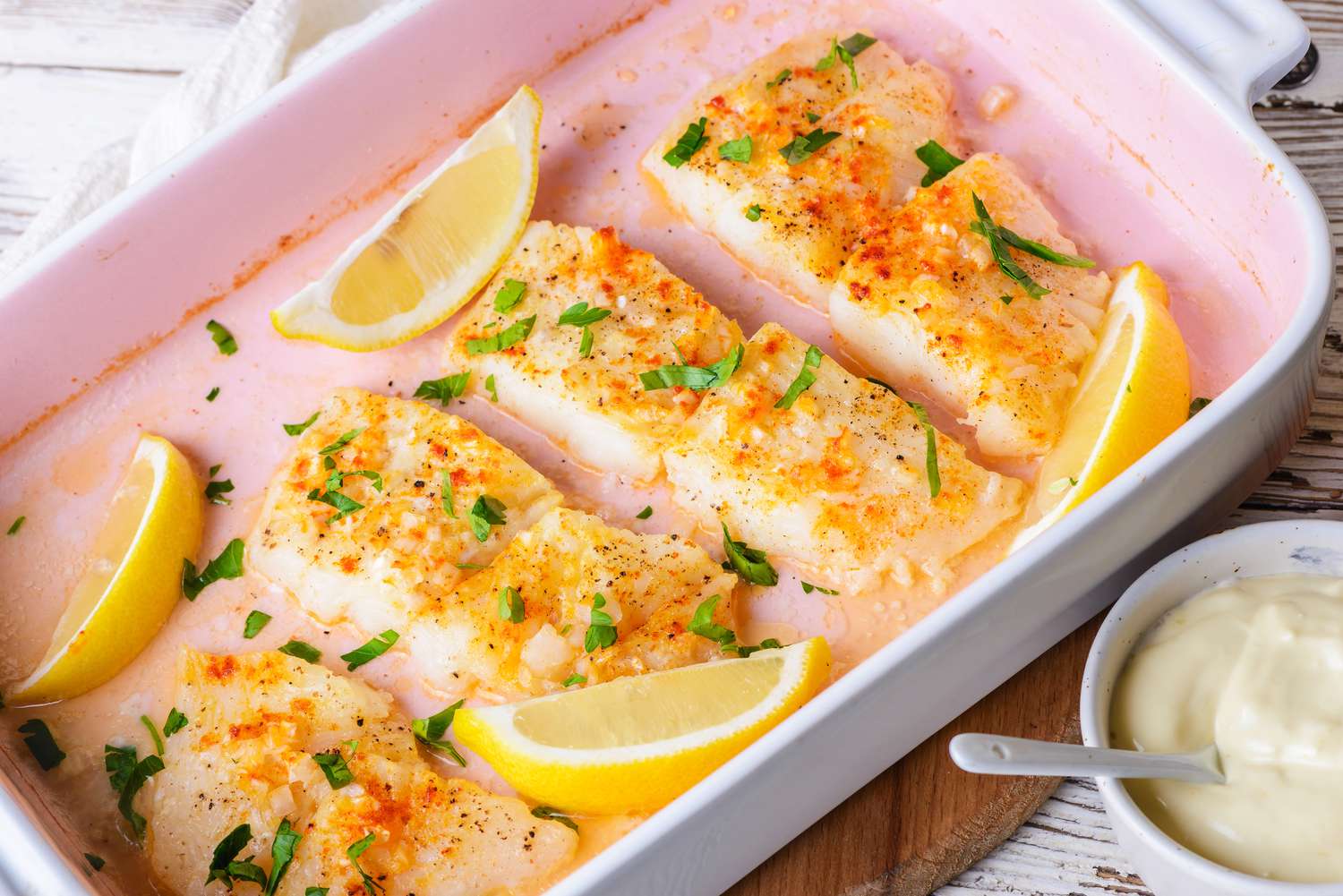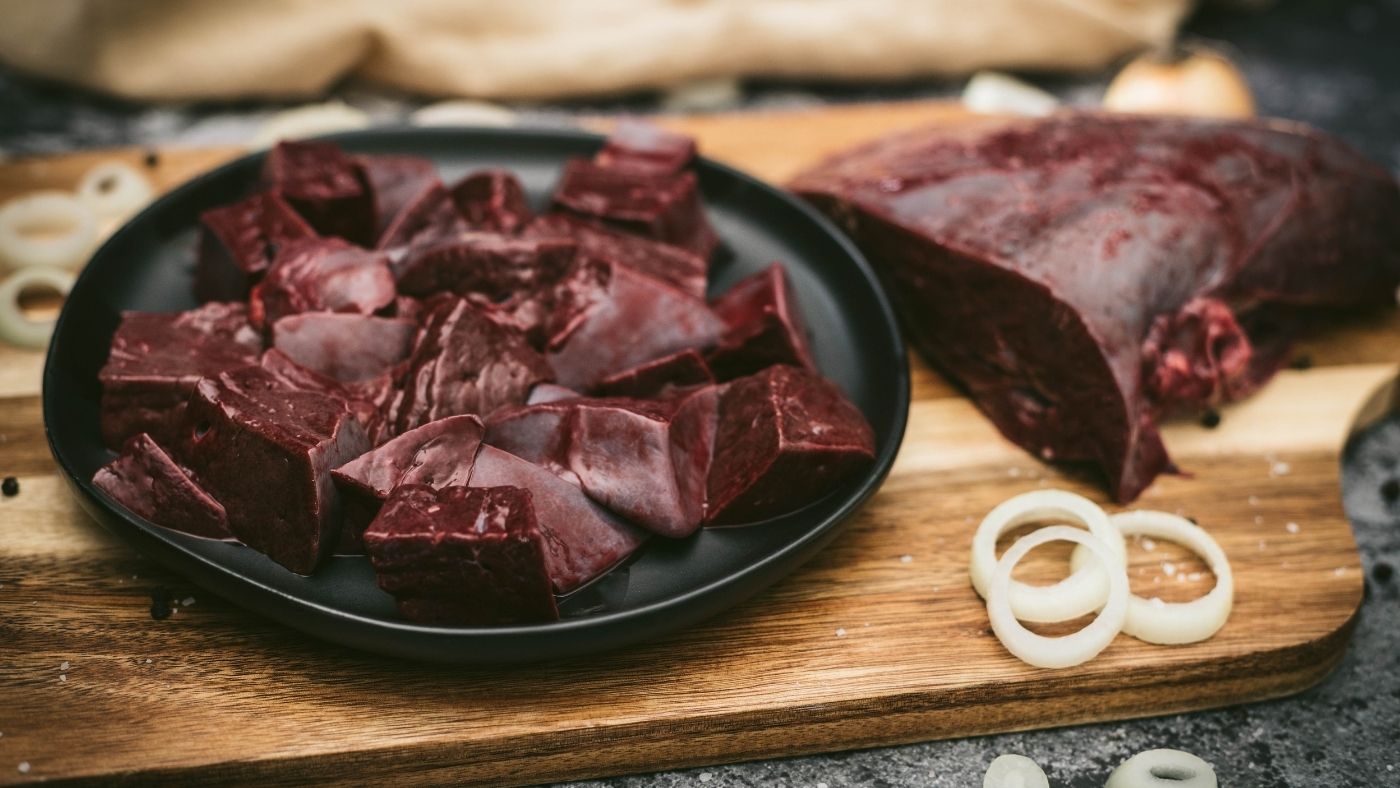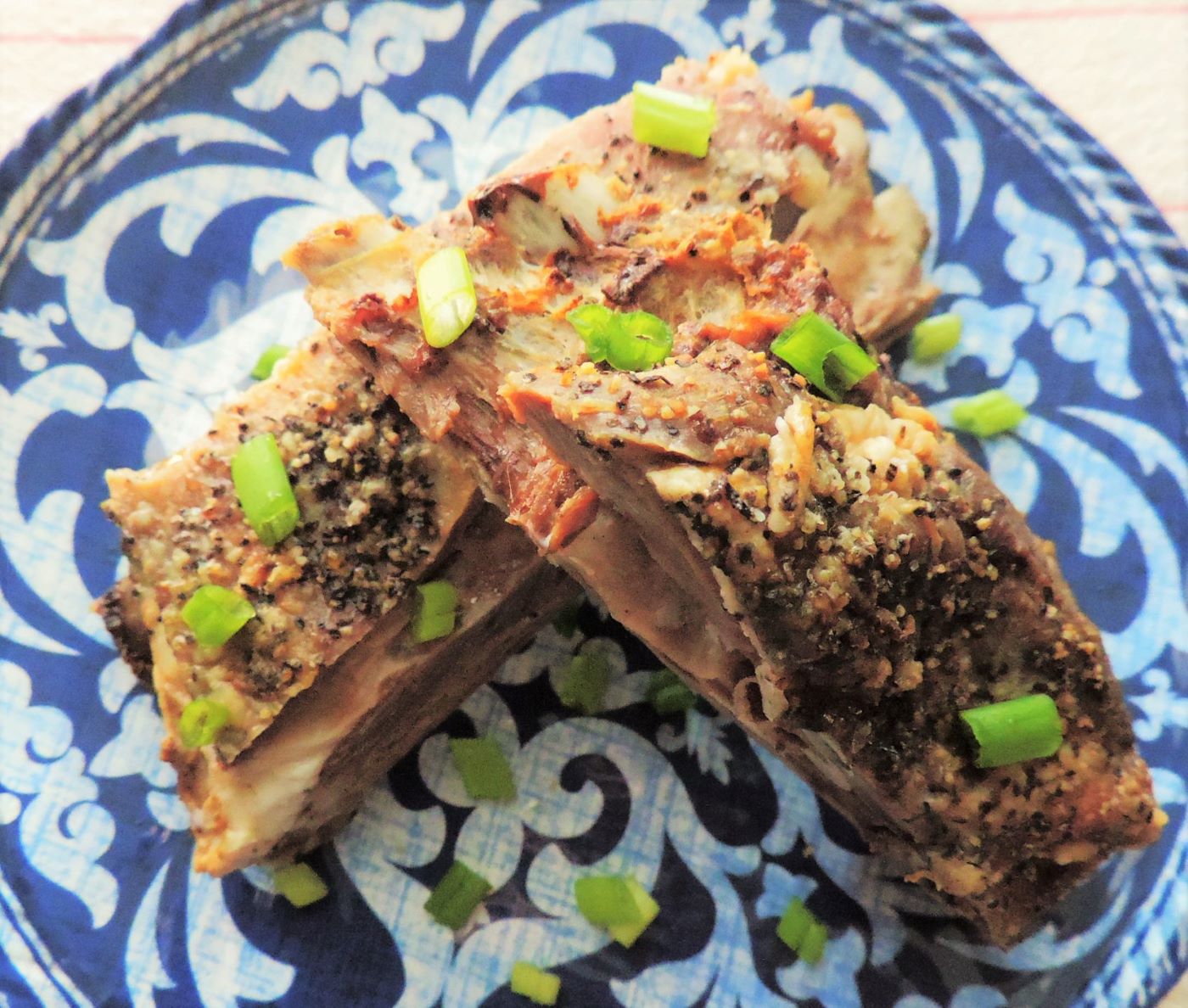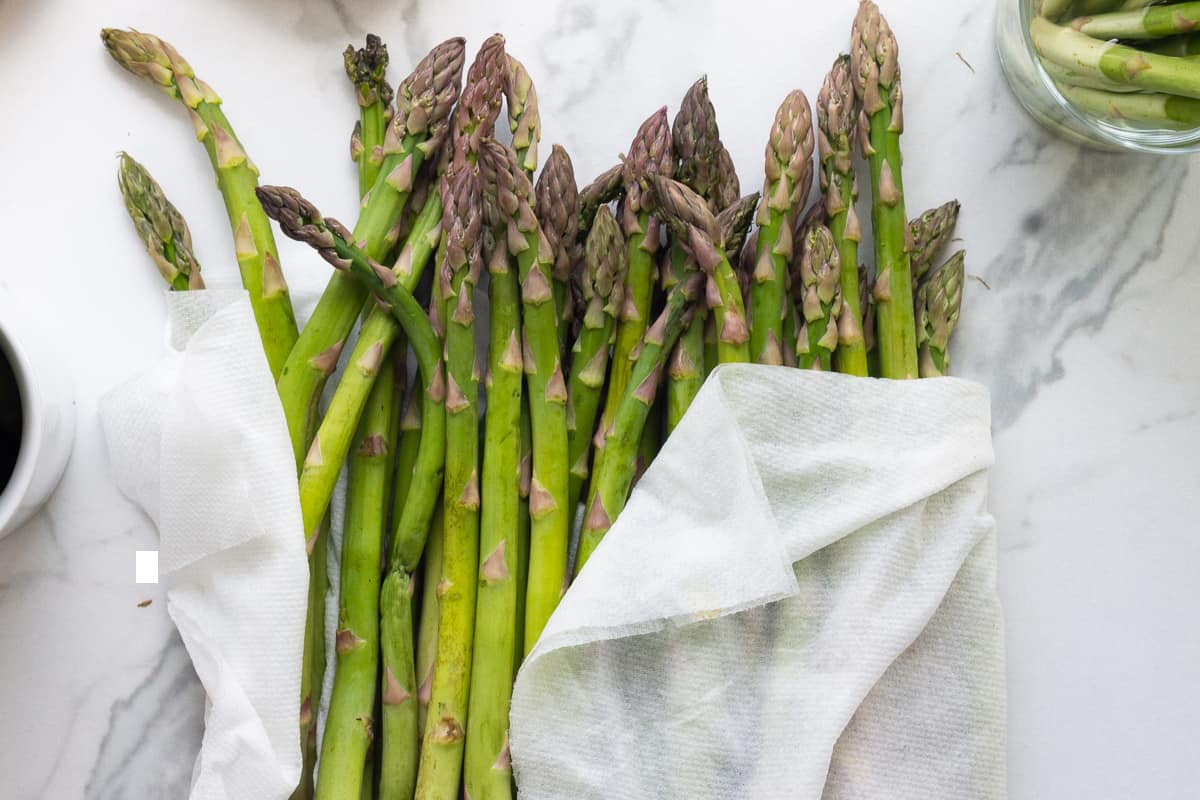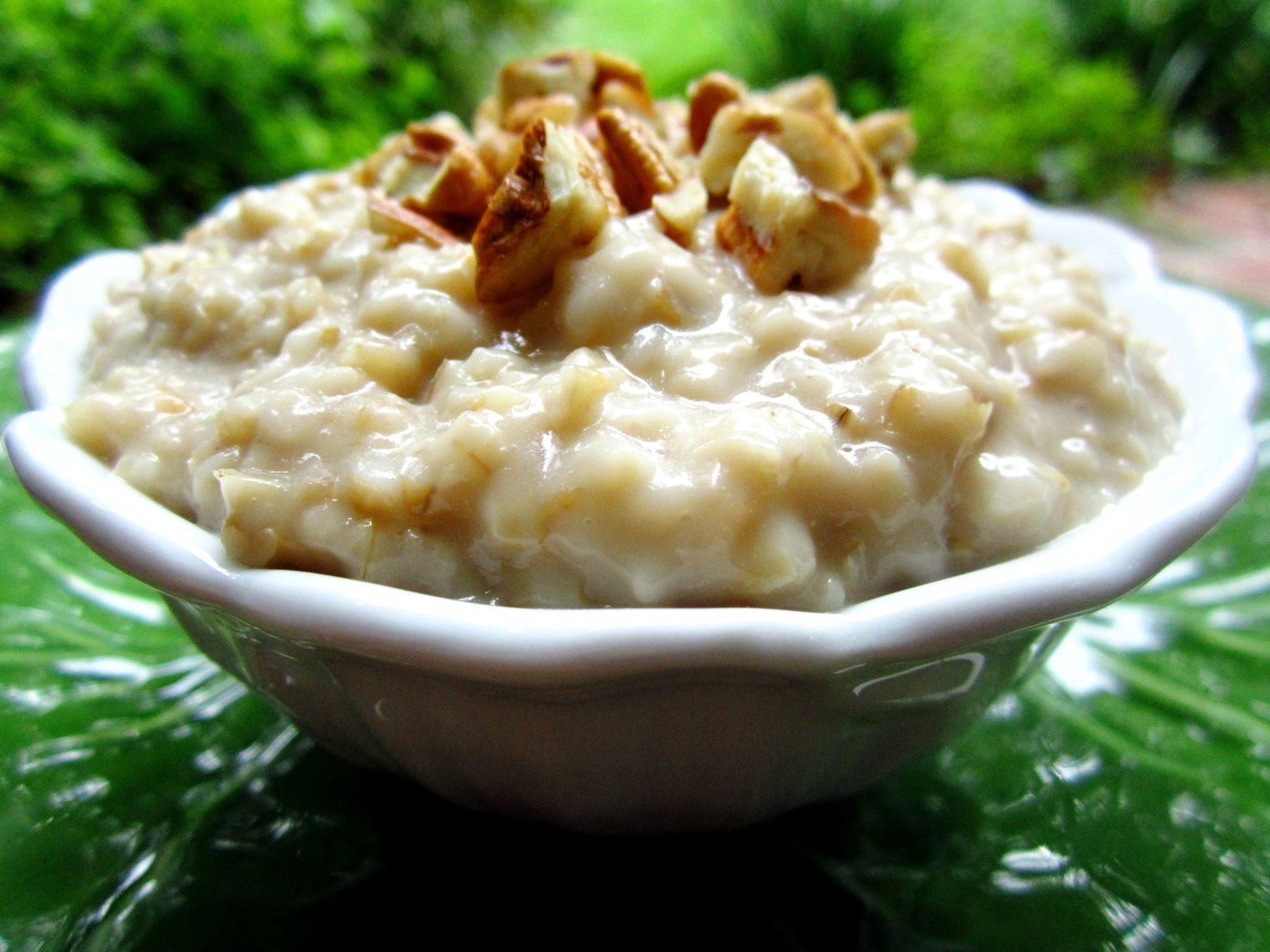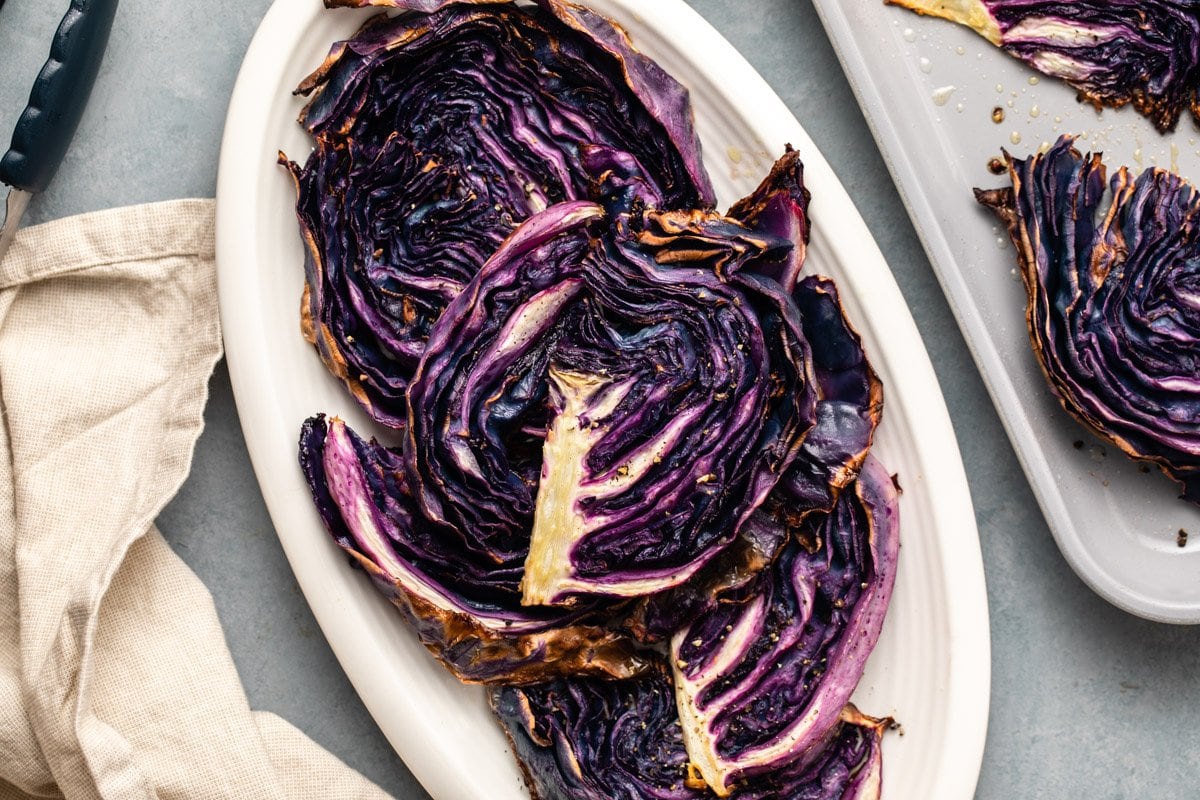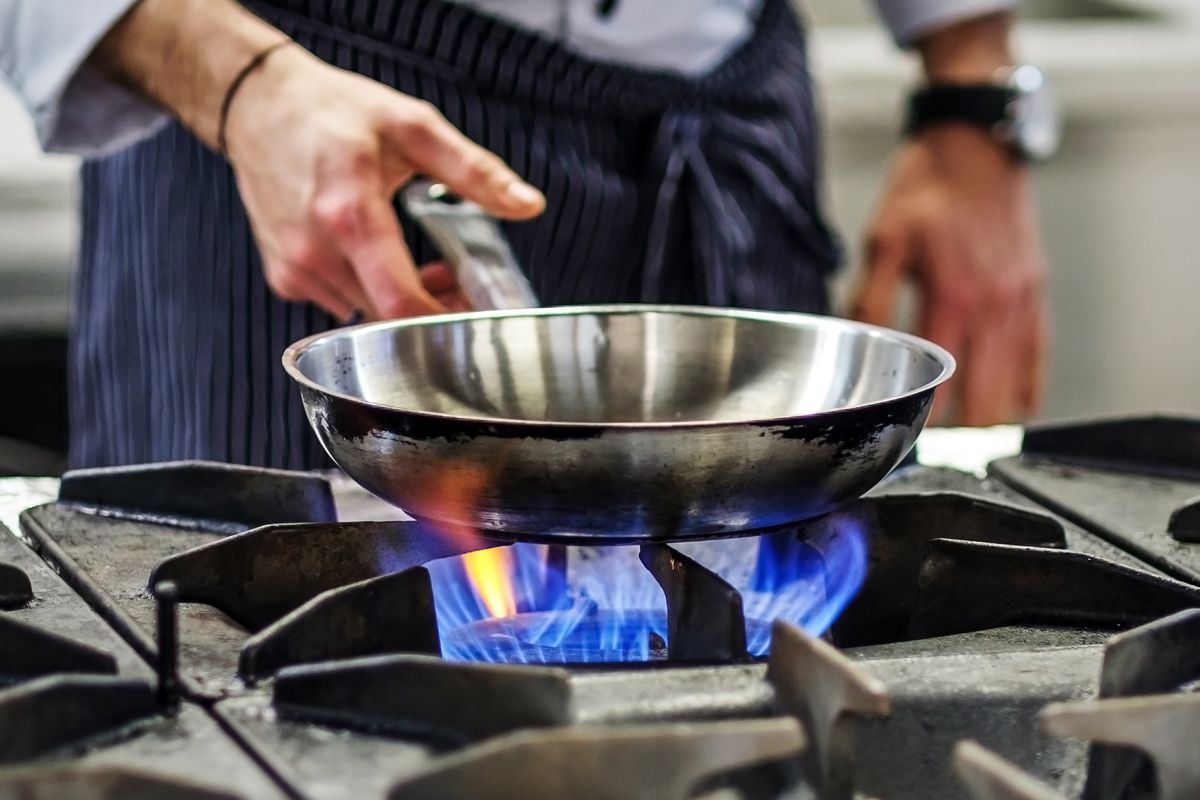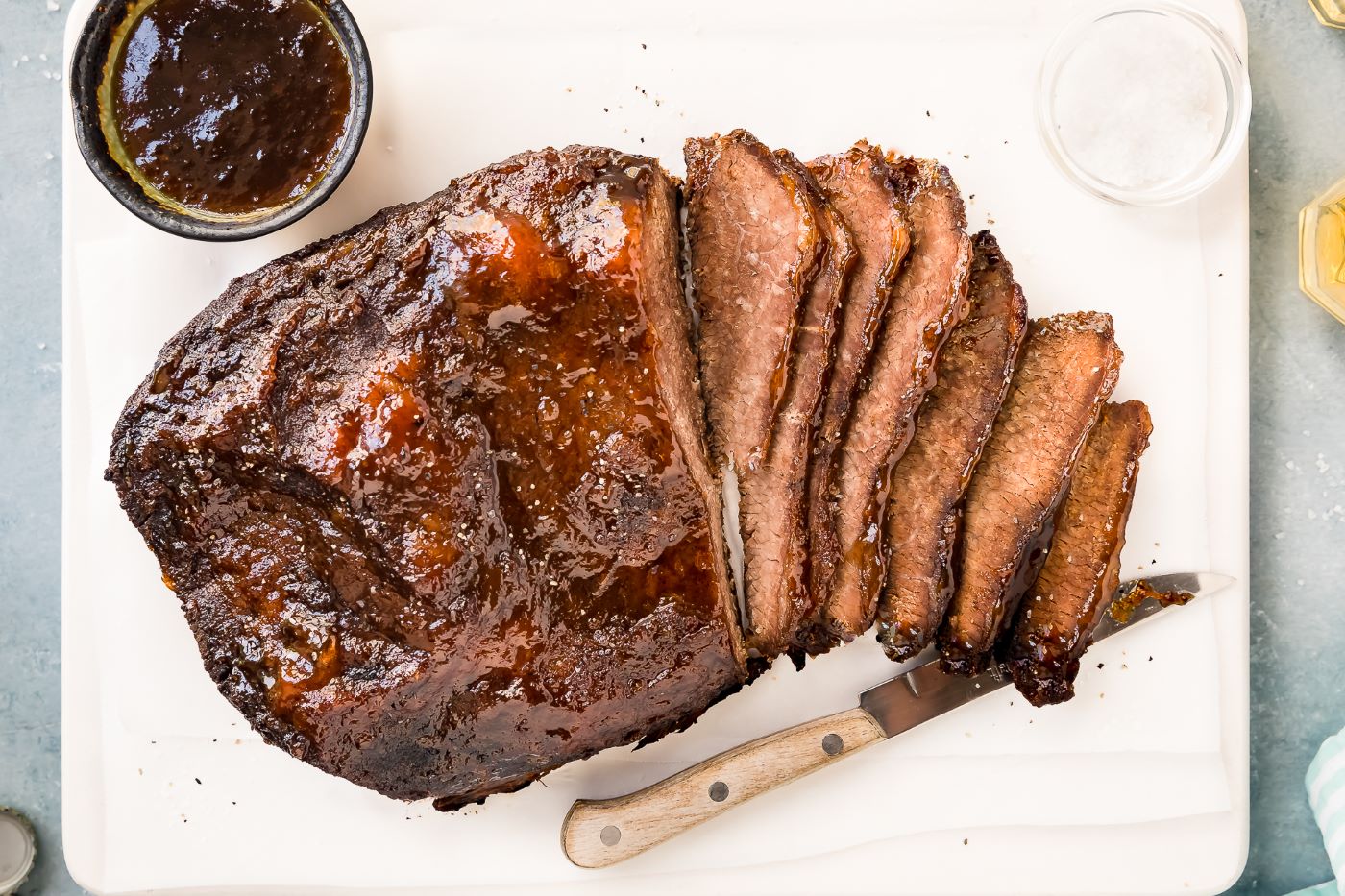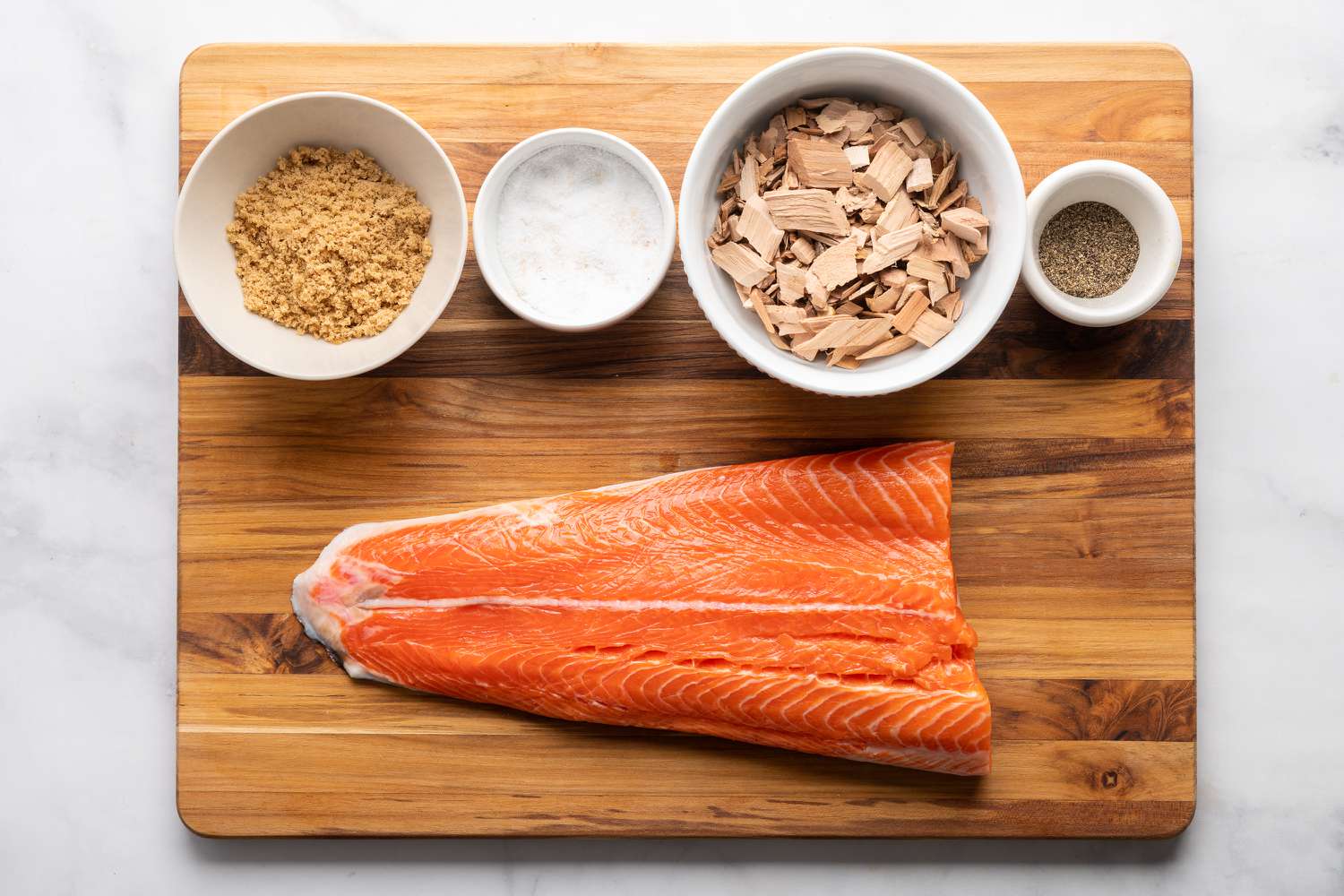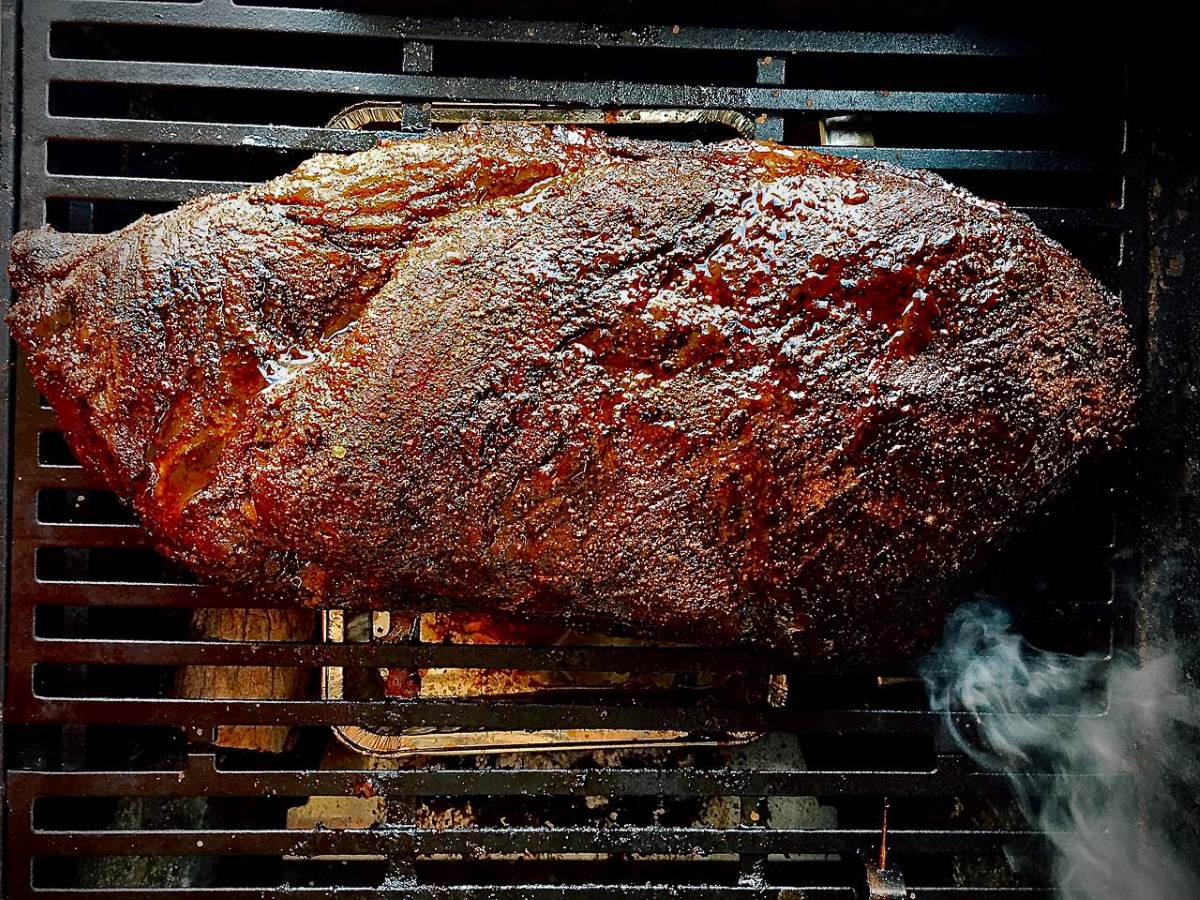Delicious Lamb Chops: A Special Treat for Your Furry Friend
As a loving pet owner, you always want to provide the best for your furry friend. And what better way to show your affection than preparing a delicious meal just for them? If you’re looking for a special treat that will make your dog’s tail wag with excitement, lamb chops are a fantastic option. Not only are they flavorful and nutritious, but they can also add variety to your dog’s diet. Follow this simple guide to cook lip-smacking lamb chops for your four-legged companion.
Why Lamb Chops?
Lamb is a highly palatable and protein-rich meat suitable for dogs. It contains essential amino acids, vitamins B12 and B6, iron, and zinc, which are essential for your pup’s overall well-being. Lamb is also a great alternative for dogs with common meat allergies and sensitivities, as it’s less likely to cause adverse reactions compared to other meats.
Choosing the Right Lamb Chops
When selecting lamb chops for your dog, opt for high-quality cuts. Look for fresh, lean, and boneless lamb chops. Avoid any processed or seasoned cuts, as they might contain harmful additives that can be detrimental to your dog’s health.
Simple Lamb Chop Recipe
Now, let’s get into the kitchen and whip up some delicious lamb chops for your furry companion. Here’s a simple recipe to follow:
- Preheat your oven to 400°F (200°C).
- Season the lamb chops with a pinch of salt and pepper, keeping in mind that dogs don’t require excessive seasoning.
- Heat a skillet over medium-high heat and add a small amount of olive oil.
- Once the oil is hot, sear the lamb chops for about 2-3 minutes on each side until they develop a golden brown crust.
- Transfer the seared lamb chops to a baking sheet and place them in the preheated oven.
- Bake the lamb chops for approximately 10-12 minutes for medium-rare or adjust the cooking time based on your dog’s preference.
- Remove the lamb chops from the oven and allow them to cool before serving.
Serving Size and Precautions
When it comes to feeding lamb chops to your dog, moderation is key. Treat lamb chops as an occasional treat rather than a regular meal. The serving size will depend on your dog’s size, breed, and activity level, so consult your veterinarian for personalized advice. Always remove any bones from the lamb chops before serving, as they can present a choking hazard or cause damage to your dog’s digestive system.
Conclusion
Cooking lamb chops for your furry friend can be a rewarding experience. Not only will your dog adore the tasty treat, but you’ll also have the satisfaction of knowing you’re providing them with a nutritious and delicious meal. Remember, always prioritize your dog’s well-being by using high-quality ingredients and consulting your veterinarian for specific dietary recommendations. Now go ahead, spoil your furry friend with some scrumptious homemade lamb chops!
More Delicious Recipes for Your Furry Friend
Upon mastering the basics of cooking lamb chops for dogs, readers can further refine their culinary expertise by exploring a variety of recipes tailored for human consumption. Among the recommended recipes are the Classic Grilled Lamb Chops Recipe for those who appreciate a traditional approach, the Rosemary-Garlic Oven-Baked Lamb Chops Recipe for a flavor-infused meal, and the Simple Broiled Lamb Chops Recipe for chefs seeking straightforward techniques. Each recipe provides a unique twist on preparing lamb chops, encouraging cooks to experiment with diverse flavors and methods. Trying these recipes will not only broaden your cooking repertoire but also enhance your overall cooking experience.
Was this page helpful?
Read Next: How To Cook A Sunflower Head
